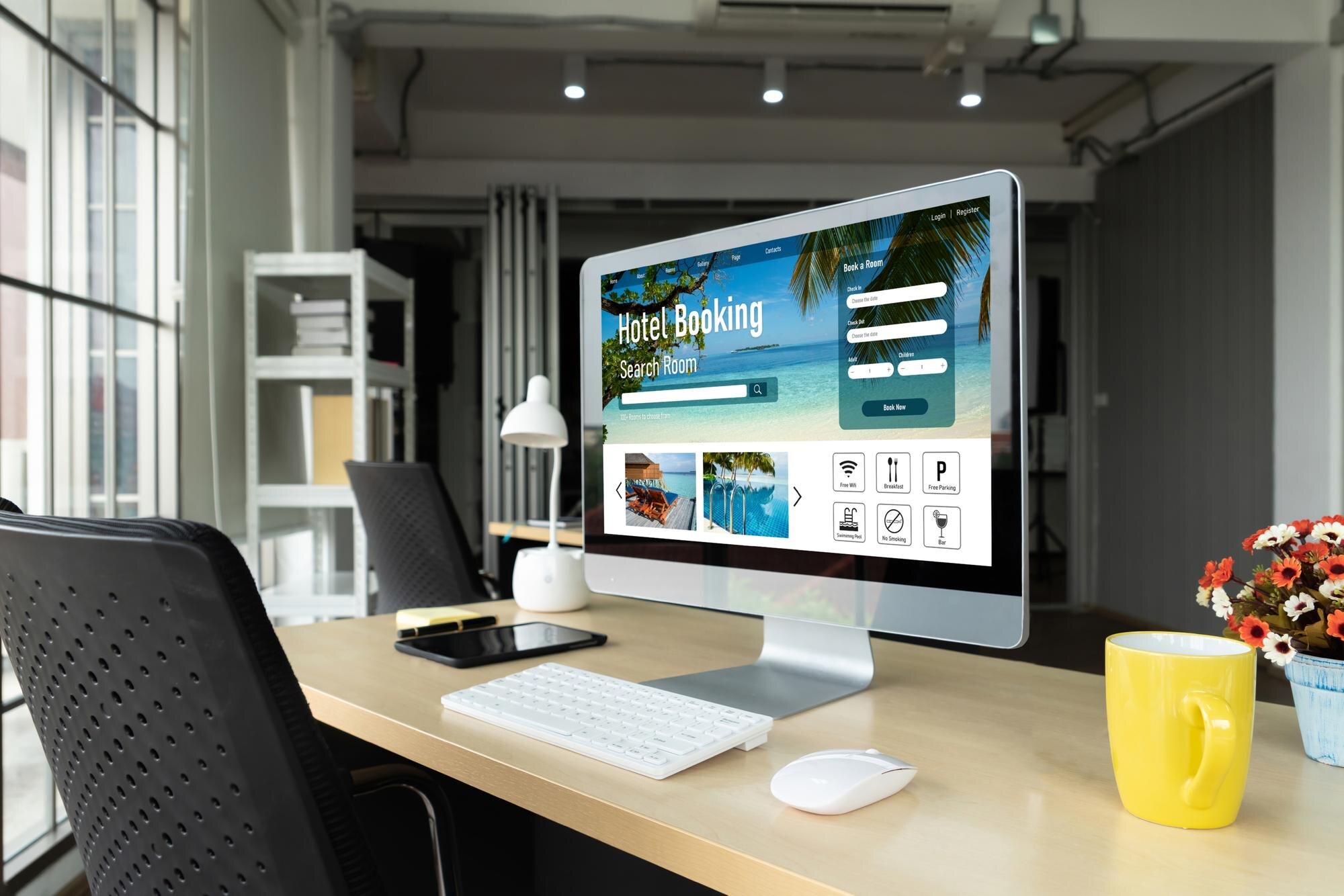Boost Your Brisbane Biz: Website Design Tips for Top SEO & User Experience
Boost Your Brisbane Biz: Website Design Tips for Top SEO & User Experience
Your website’s like the front door to your business, and if it’s not inviting, people walk away. For Brisbane businesses aiming to boost their online visibility, effective website design is crucial. Better design doesn’t just make things look pretty—it can skyrocket your Google rankings and enhance user experience. Want to know how? Stick around to discover practical SEO tips that’ll drive local traffic and inquiries your way. Ready to revamp your site? Book a free consultation with our experts today!
Boost Google Rankings with Local SEO

Boosting your Google rankings is vital for local businesses in Brisbane. Local SEO can significantly enhance your online presence, making you more visible to potential customers in your area. By focusing on local SEO strategies, you can ensure that your business stands out in search results when Brisbane customers are looking for your products or services.
Targeting Brisbane Customers
To effectively target Brisbane customers, it’s essential to tailor your SEO efforts to local needs. Start by incorporating local keywords into your content. Terms like “Brisbane restaurants” or “Brisbane plumbers” help search engines understand your geographical focus.
Building local backlinks also enhances your credibility. Connect with local blogs or news sites to feature your business in their content. This not only boosts your site’s authority but also attracts local traffic.
Ensure your business details are consistent across online directories. Check your business name, address, and phone number (NAP) for consistency. This helps search engines verify your business location, boosting your local search presence.
Top SEO Tips for Local Biz
Local businesses can benefit immensely from effective SEO strategies. Here are some top tips for optimising your local presence:
Claim and optimise your Google My Business listing. Ensure all details are accurate and include photos and business hours.
Encourage customer reviews. Positive reviews improve your visibility and attract more customers.
Use local keywords in your content. This helps your website rank for searches within your area.
By implementing these strategies, your business can attract more local customers and increase its online presence.
Monitoring and Adjusting Strategies
It’s crucial to continuously monitor and adjust your SEO strategies to keep up with changing trends. Use analytics tools to track your website’s performance and identify areas for improvement.
For instance, if a particular keyword isn’t driving traffic, consider adjusting your strategy. Experiment with different keywords or content formats to see what works best.
Regularly review your site’s performance and be willing to make changes. This proactive approach ensures that your SEO efforts remain effective and continue to drive local traffic to your business.
Creating User-Friendly Website Design

A user-friendly website design is key to retaining visitors and converting them into customers. By focusing on ease of use and an enjoyable browsing experience, you can enhance user engagement and satisfaction. Here’s how to improve your website design for better user experience.
Streamlining Navigation for Users
Streamlined navigation is fundamental to user-friendly design. Visitors should find information quickly and effortlessly.
Organise your menu logically. Group related pages together and use clear labels.
Limit menu items. Avoid overwhelming visitors with too many choices.
Include a search bar. This feature helps users locate specific content quickly.
A well-structured, intuitive navigation layout ensures visitors can easily explore your site, leading to a better overall experience.
Mobile-Friendly Design Essentials
In today’s digital landscape, a mobile-friendly design is essential. More users access websites via mobile than ever before, making it crucial to optimise your site for smaller screens.
Responsive design ensures your site adapts to various screen sizes. This improves user experience by maintaining the site’s appearance and functionality. Use tools like Hotjar’s best practices for insights on mobile optimisation.
Key tips for mobile-friendly design:
Use larger fonts for readability.
Ensure buttons are easy to tap.
Optimise images for faster load times.
Leveraging Engaging Visuals
Engaging visuals can significantly enhance user experience. High-quality images and graphics capture attention and communicate your brand effectively.
Use visuals strategically to break up text and make your content more digestible. Incorporate relevant images that support your message and resonate with your audience.
Masterful Marketing recommends using videos to boost engagement. Videos can convey complex information quickly and compellingly, making them a powerful tool for user engagement.
Enhancing Online Visibility and User Experience

Enhancing online visibility and user experience go hand in hand. A well-optimised website not only ranks higher on search engines but also provides a seamless experience for visitors. Let’s explore how you can achieve both.
Importance of Fast Loading Times
Fast loading times are crucial for both SEO and user experience. Studies show that users often leave sites that take longer than a few seconds to load.
Optimise images. Use formats like JPEG or PNG and compress them to reduce load times.
Minimise code. Remove unnecessary code to enhance speed.
Use browser caching. This stores data for returning visitors, reducing load times.
By focusing on speed, you can improve user satisfaction and boost your site’s rankings.
Effective Use of Keywords
Using keywords effectively is a cornerstone of SEO. These words help search engines understand your content and match it with user queries.
Tips for using keywords:
Include them naturally in titles and headings.
Use variations to cover a broad range of searches.
Avoid keyword stuffing, as it can harm readability and SEO.
Lyssna’s guide on SEO and UX highlights the importance of balancing keywords with high-quality content to maintain a user-friendly experience.
Encouraging User Interaction
User interaction is vital for a successful website. Engaged users are more likely to convert into customers.
Interactive elements, like comment sections or polls, encourage users to engage with your content.
Recommendations for encouraging interaction:
Add social media sharing buttons.
Include calls to action on every page.
Create content that prompts user responses.
By fostering interaction, you can create a dynamic site that keeps users coming back.










